Capacity constraints in finished vehicle logistics are a big headache for the automotive industry at the moment and carmakers have been chartering their own trucks and ocean ro-ro vessels to secure the space and get their cars to the end customer. However, taking capacity out of the network has an impact on efficiency and it doesn’t guarantee speed to market given the problems with port and inland compound congestion.
At this year’s Automotive Logistics and Supply Chain Europe conference in Bonn, Germany Ford’s Martina Graser was joined by representatives of technology service providers Inform and RPM, and by vessel and port operator Sallaum Lines, to discuss port congestion, the pros and cons of direct chartering of vessels and trucks, and what role digital tools and services can play in building in greater flexibility to transport capacity management.
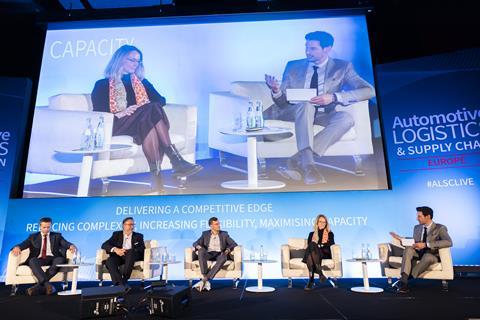
Graser said that Ford had faced major capacity constraints last year regardless of the transport mode but that the main focus is now mainly on the ports and compounds, though the bottlenecks at these locations had knock-on disruptions inland. The majority of compounds and terminals are currently at 100%+ capacity, which is less efficient.
“Shipping was one of our major concerns right from the beginning,” said Graser. “It is no secret, we were one of the first OEMs to charter vessels to secure the capacity where we required it. It was to be more reactive [to the market] and support the capacity we need.”
Graser was quick to add that Ford had not intention of replacing existing services with its own chartered fleet.
“We are fine with the contractors we have on board and appreciate the service we get, and benefit from knowledge they have… in to make it more efficient,” said Graser. “But we lacked capacity and the way out was to become the master of our destiny to some extent and support the contracts we had out there.”
There are various factors at play leading to this capacity crunch at the port terminals and inland compounds, and it is a situation likely to last beyond 2025, according to Inform’s head of yard and workshop solutions, Dennis Feddern.
Compounds that are maximum capacity are less efficient, said Feddern and the congestion was not only to do with less market demand and a higher supply of new vehicles, it is also to do with the used car market, particularly for electric vehicles. Feddern said that the residual value of EVs had dropped significantly, in part to do with Tesla lowering prices. Leasing rates for EVs have gone up customers are giving up leasing the vehicles, which means volumes returning to the compounds taking up overspill potential to clear the ports.
“A lot of our customers are creating pop-up compounds,” said Feddern, adding that these are often actual green fields that are fenced off. “It is a struggle for everyone, from those bringing in or collecting vehicles from the compounds but also for the operators.”
Delays and diversions
Delayed shipping transit times caused by disruption to shipping using the Suez Canal and Red Sea is impacting vehicle loading and unloading at the ports in Europe. Kay Lemcke, CEO of Sallaum Shipping Lines Switzerland, the additional average 20 days added to global shipping times by travelling on alternative lanes, such as round the Cape of Good Hope, meant the average number of global rotations made per year by service providers was dropping from five to four, a 20% reduction in capacity equal to a deficit of 30 pure car and truck carriers a year.

Another contributory pressure on vessel and terminal capacity has been the influx of EVs from China (as reported in our latest review of European vehicle handling ports). Ford’s Graser said that competition for capacity originating in the Far East had taken out a lot of vessel capacity in European short-sea services and was one of the reasons Ford decided to charter its own vessels.
“It is not the full capacity we need because it is not our expertise or core competence,” admitted Graser… [but] we have to support what we require and that is why we came up with the strategy of going out to charter vessels.”
According to Graser, the chartering strategy has improved the outbound flow and it can make fewer port calls meaning less delay and better visibility on delivery to the end customer.
Sallaum Lines’ Kay Lenke said that decision by Ford is taking capacity out of the market though he could fully understand why Ford was being proactive in increasing its flexibility and independence to meet demand.
“We have seen that from VW for decades, from Toyota, and from Hyundai and Kia Glovis and Kia,” he said. “It is nothing new and we appreciate it because it opens the door to discuss alternative logistics concepts.” Sallaum Line is providing such a service for Vietnamese EV maker Vinfast.
“For us it is only a positive trend to stabilise, and increase communication and transparency between all the team members,” added Lemcke. “It is about making everyone understand what the needs are for each player.”
Graser pointed out that Ford was not being completely exclusive in is securement of ro-ro space. “The way we set it up is that when there is empty capacity then we are offering it on the market,” she said. “We have someone operating the vessel and managing the empty loads, and putting that on the market with other OEMs participating.”
Click here for more coverage of ALSC Europe 2024, including video wrap-ups and Red Sofa interviews
Efficiency in truck charters
Chartering trucks is perhaps more problematic for the optimisation of vehicle carrier capacity, according to Jaroslaw Maszczak, senior vice-president of RPM Europe, who said carmakers chartering trucks to move their cars to market was a common practice during a crisis period.
“My opinion has not changed in the last few years – trucks chartered directly by OEMs are less efficient because the network is smaller than that of the logistics service provider [LSP],” he said. “The LSPs have more options to optimise capacity. Of course, there is an advantage when an OEM charters trucks because they have control but then it costs more and efficiency is lower.”
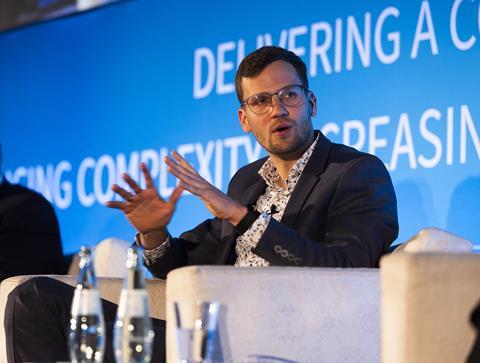
Maszczak said RPM coordinated with trucking companies in a number of ways, one of which was chartering, something it did for six months during the Covid crisis. However, he pointed out that RPM’s network was better than the OEMs’.
“One of the best options if you are chartering is for short term, or for small distances, when you have a good forecast,” he said. “Chartering trucks will not help the demand for capacity. The trucks will be taken from the market. It will help short-term but it is better to use 3PLs to charter them to fulfil empty miles by working with other OEMs.”
OEMs can agree with each other to charter trucks to cooperate, according to Maszczak, but there confidentiality curtails greater cooperation. There are also issues such as who takes priority if the OEMs have plants in the same region when every flow is urgent. There is also the question of who pays for a truck when it is waiting three days in a port for the vehicles it needs to collect.
Graser admitted there were limitations that reduced the opportunity for backloads and using the available capacity.
“It was a bold move a certain time and we have not decided on whether that is the way forward,” she said. “It maybe something for only for a couple of years until we see more capacity in the market coming back and then we turn back to the way we were doing it before. It is an adaptive process and you have to check what is happening in the environment and how the system is adjusting to it.”
She acknowledged that capacity was returning but port and compound congestion is still a problem and the network is not smooth. “There are ups and down and you have to be creative to get over the hurdles,” said Graser.
Digital tools for flexibility
Investment in vessel and trucking equipment takes time and there is a long back order for vessels which can take two years to build. In the meantime carmakers and logistics providers are looking at digital tools to create more flexible networks. One part of Inform’s portfolio is network design and the company has been providing that service for Ford for a some time, according to Feddern.
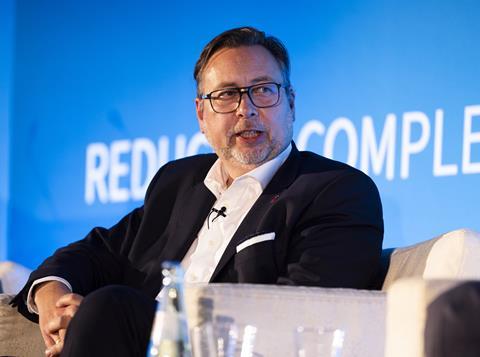
“There are still OEMs out there that have a piecemeal approach, plant by plant, compound by compound,” he said, “but you need to think more globally and find the global optimum. That is what we do in network design, we design a global network and already design in alternative routes.”
It is important to be prepared and know what are the critical routes, according to Feddern. Designing the network is about selecting the right partners and the right terminals at the right cost, and building that into the network good alternatives to mitigate unforeseen disruption, which is more a common thing than an exception. Feddern said that digitalisation and mathematics can be a good support for planners to define an efficient and cost-effective network even for disruptions.
Maszczak said that digitalisation and automation were two of the most important things to optimise logistics processes. It is important to establish good connectivity between systems, between port and terminal operators, and also inland compounds. OEMs also had to use digital tools to connect better with LSPs and exchange as much data as possible to act and react more quickly.
There also gains to be made for cutting emissions from outbound transport, according to RPM’s Maszczak. “We are doing implementation of CO2 calculations, KPIs of emissions per car transported,” he said. “We are trying to establish connections [using] additional transmission in the EDI connections with the weight of the car. It is one of the key points to measure CO2 emissions per transported car on [a particular] type of trailer with the Euro standard engine of the truck.”
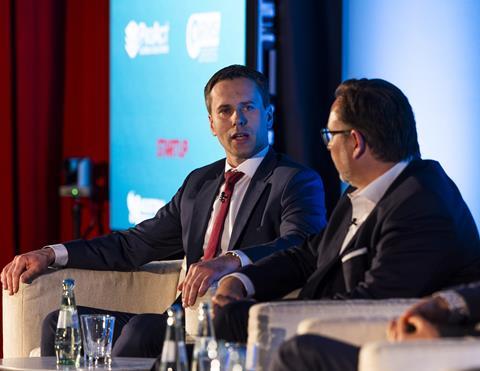
Kay Lemcke added that digital technology would serve well in solving the waste in shipping empty space and pointed to one incident Sallaum Lines had recently had to deal with.
“Last week we faced a cancellation of 500 [vehicle] units on a vessel that was in port moving from Europe to the US east coast,” he said. “If we had a transparent system we could have seen that and any alternative OEM needing that space, and I’m pretty sure they were out there.”
Lemcke went on to say that at the moment, even with a view of what vehicle volumes are in the port it is obvious which vehicles have been cleared for customs or which OEM wants which batch exported.
“If there was a digital solution, and I’m coming back to increasing communication and transparency, in the ideal world we would have filled those 500 spaces creating a win-win situation, especially when we are talking about the capacity constraint. The worst and most expensive transport right now is carrying empty space, in both trucks and vessels, so we need to avoid that.”

























![Global[1]](https://d3n5uof8vony13.cloudfront.net/Pictures/web/a/d/s/global1_726550.svgz)






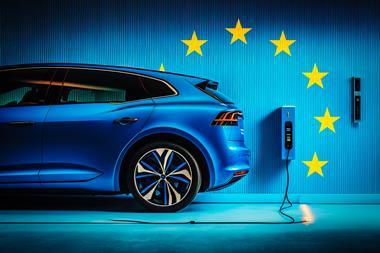
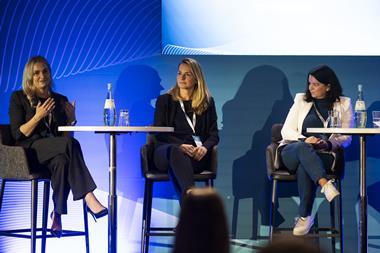
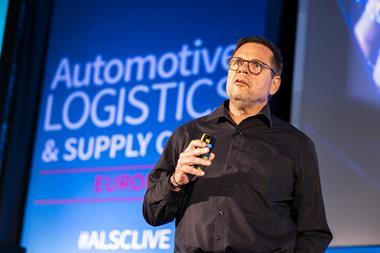
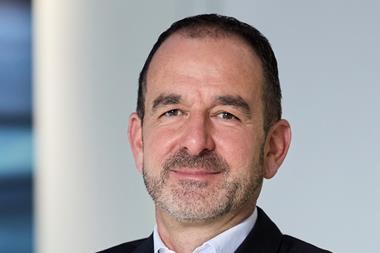




No comments yet